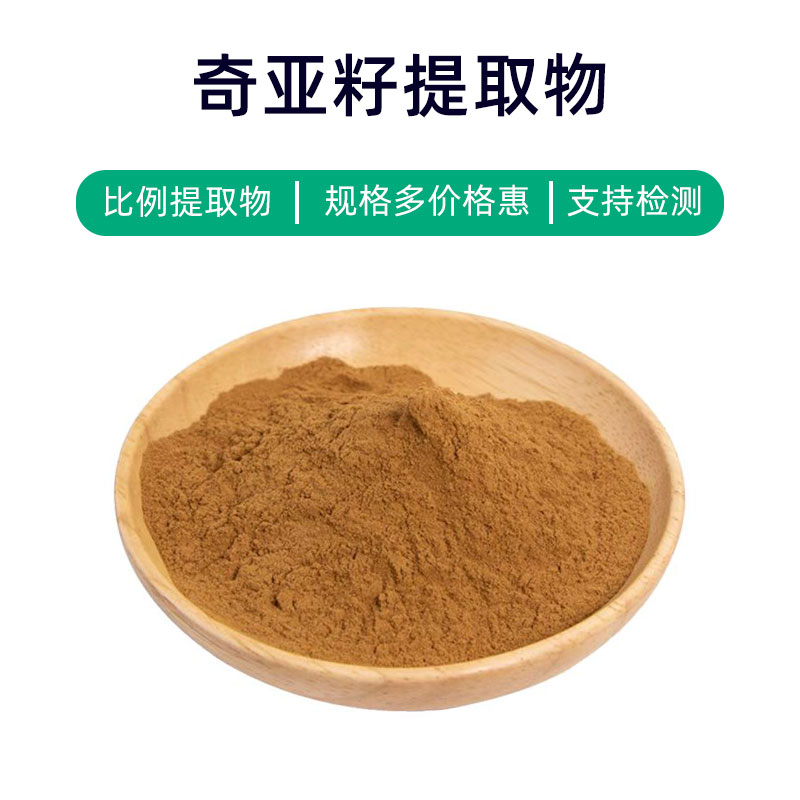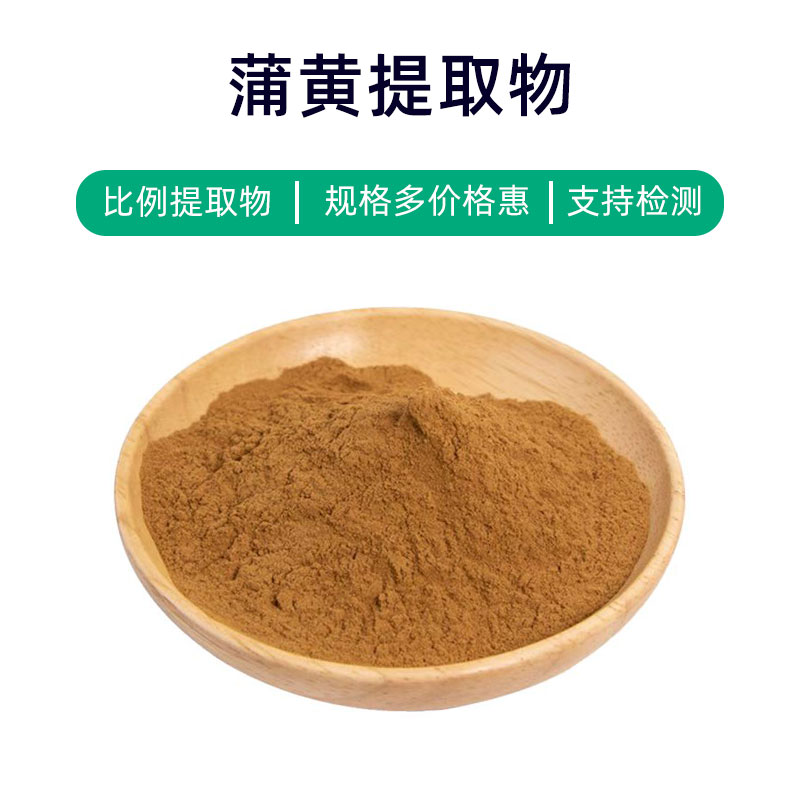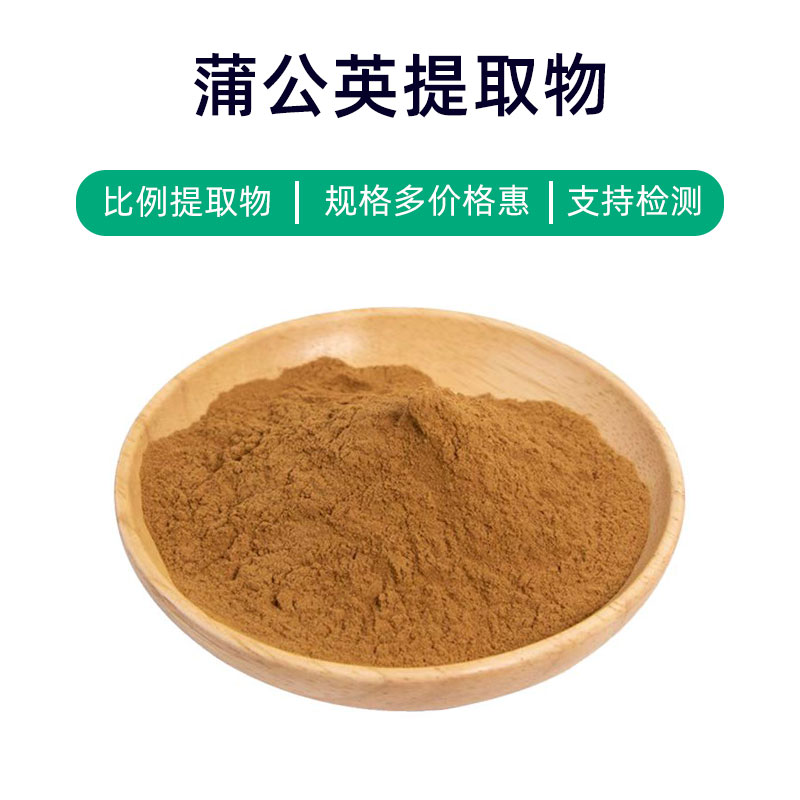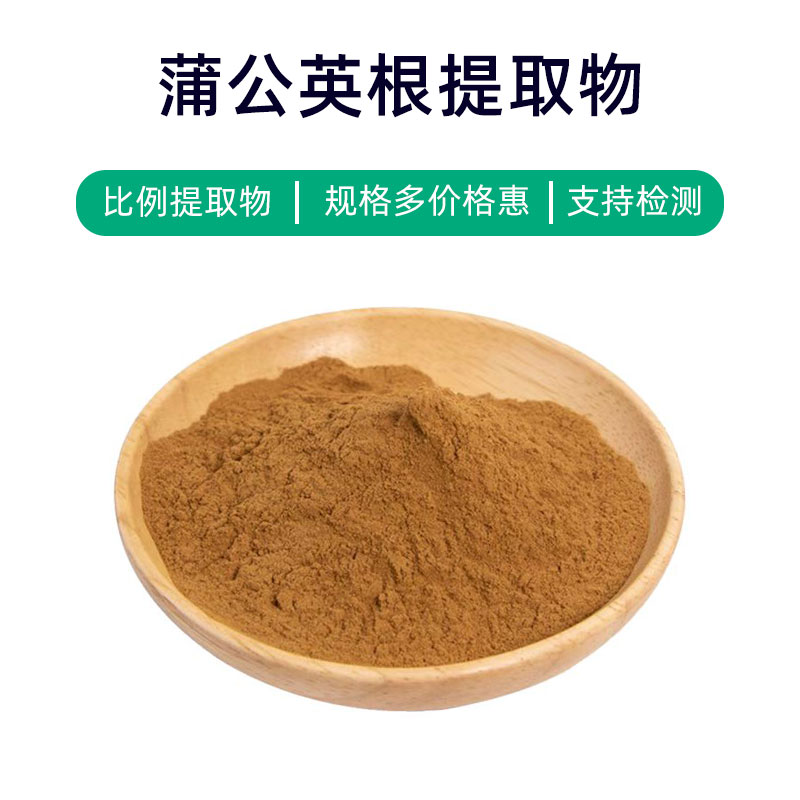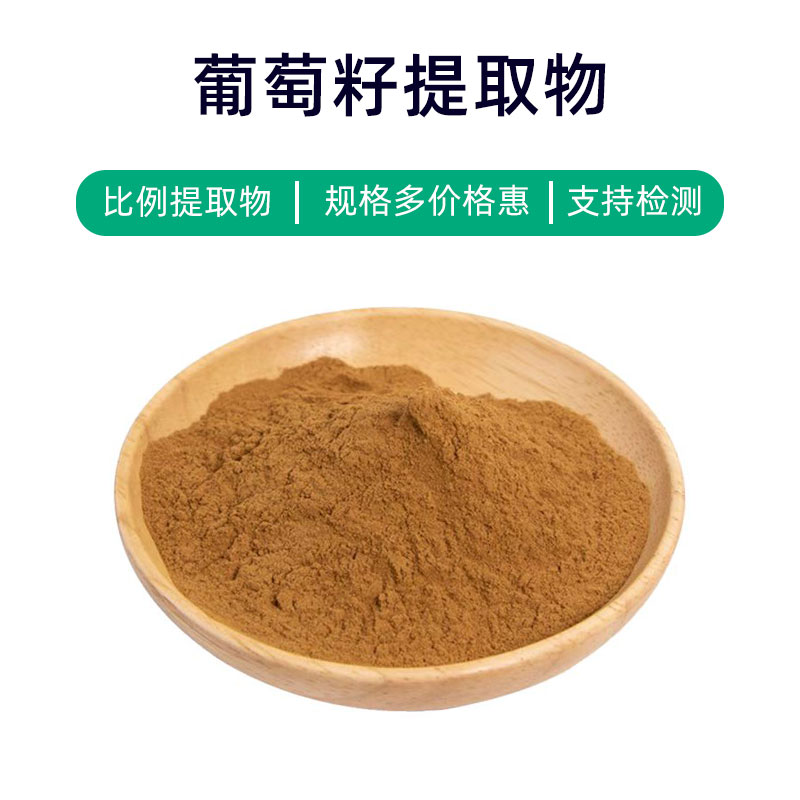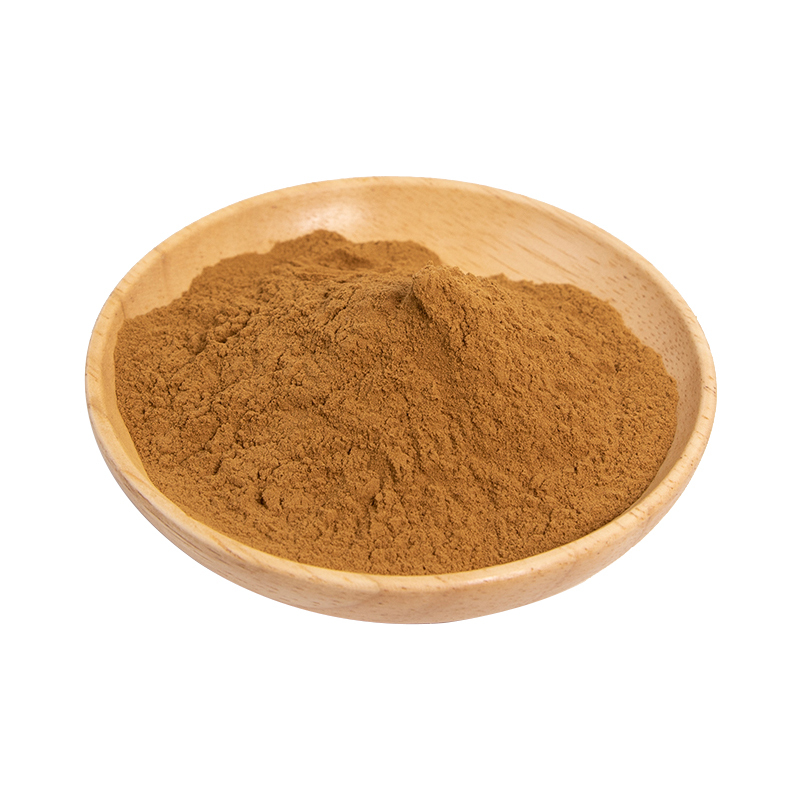Pueraria Extract (Kudzu) Product Introduction
Pueraria Extract (Kudzu) is a natural plant extract derived from the kudzu root, a member of the legume family. Its main components include Pueraria isoflavones, soy isoflavones, and several other active ingredients. These components provide multiple health benefits, including antioxidant, anti-inflammatory, blood sugar regulation, lipid-lowering, and anti-aging effects. Pueraria extract finds extensive application in the medical, supplement, food, and cosmetic fields. In medicine, it is commonly used in cardiovascular and blood sugar medication; in health supplements, it is used to help regulate blood sugar, enhance memory, and boost immunity; in food, it can be added to functional foods like blood sugar-regulating tea; and in cosmetics, it is used for skin care products, providing moisturizing, antioxidant, and wrinkle-reducing benefits. Overall, as a natural plant extract, Pueraria extract has significant value across various applications.
Pueraria Extract (Kudzu) Production Process
The production process of Pueraria Extract (Kudzu) typically includes several key steps:
- Raw Material Preparation: Select high-quality kudzu roots, perform preliminary cleaning and processing to remove impurities, and chop or grind the roots to facilitate the extraction process.
- Extraction Process: Common extraction methods include water extraction, ethanol extraction, and supercritical fluid extraction. Water extraction is one of the most common methods. In this process, kudzu powder is mixed with water in a certain ratio and heated to extract water-soluble components, resulting in an extract.
- Filtration and Concentration: The extract is filtered to remove residue, followed by methods like evaporation or concentration to remove moisture, yielding concentrated Pueraria extract.
- Drying: The concentrated Pueraria extract undergoes drying to remove residual solvents and moisture, resulting in a powdered form.
- Crushing and Sieving: The dried Pueraria extract is crushed and sieved to achieve uniform particle size in the powder product.
- Packaging and Storage: Finally, the powdered Pueraria extract is packaged, usually in sealed containers, to prevent moisture and oxidation. It should be stored in a dry, cool, and ventilated environment, avoiding direct sunlight and high temperatures to ensure product quality and stability.
The above outlines the typical production process for Pueraria Extract (Kudzu), with specific operational parameters and conditions varying based on different manufacturers and product requirements.
Pueraria Extract (Kudzu) Efficacy and Side Effects
Pueraria Extract (Kudzu) is a natural plant extract with various effects, including:
- Antioxidant Properties: Rich in flavonoids like daidzein and genistein, it has strong antioxidant effects, clearing free radicals and protecting cells from oxidative damage, thus delaying aging.
- Endocrine Regulation: Isoflavones in Pueraria extract exhibit estrogen-like activity, binding to estrogen receptors to help regulate the endocrine system, alleviating menopausal symptoms and improving discomfort during female physiological cycles.
- Improving Vascular Function: Research indicates that active components in Pueraria extract promote vasodilation, increase vascular elasticity, lower blood pressure, and prevent cardiovascular diseases, benefiting heart health.
- Anti-inflammatory Effects: Flavonoids in Pueraria extract have anti-inflammatory properties, inhibiting the release of inflammatory mediators and reducing inflammatory responses, providing supportive treatment for arthritis and rheumatism.
- Cognitive Enhancement: Some studies suggest that flavonoids in Pueraria extract promote memory and cognitive function, helping prevent age-related cognitive decline.
- Anti-tumor Effects: Research shows that active components in Pueraria extract inhibit the proliferation and spread of certain tumor cells, demonstrating potential anti-tumor properties.
Despite its many benefits, users should be mindful of possible side effects and safety concerns. Long-term or excessive use may lead to digestive issues, dizziness, rashes, and other adverse reactions. Therefore, it’s advisable to consult a doctor or pharmacist for guidance and adhere to recommended dosage to avoid unnecessary risks.
Pueraria Extract (Kudzu) Application Scenarios and Dosage
Pueraria Extract (Kudzu) finds various applications in medicine, food, and cosmetics, with the following key usages and dosages:
- Medical Applications:
- Improving Menopausal Symptoms: Pueraria extract can alleviate menopausal symptoms; typically recommended for oral use, 5-10 grams at 2-3 times daily.
- Cardiovascular Health: Useful for regulating blood lipids and lowering blood pressure; generally advised for oral intake, 5-10 grams at 2-3 times daily.
- Anti-inflammatory and Antioxidant: Used for treating inflammatory diseases like arthritis and rheumatism, with a routine dosage of 5-10 grams at 2-3 times daily.
- Cognitive Improvement: May enhance cognitive function, recommended dosage is 5-10 grams orally, twice daily.
- Food Applications:
- Health Supplements: Used as an ingredient in health foods for endocrine regulation and immune enhancement, with an average dosage of 3-5 grams per day.
- Functional Foods: Incorporated into functional foods like kudzu tea and drinks, added according to the food formulation.
- Cosmetic Applications:
- Skincare Products: Commonly included in skincare formulations for its antioxidant, anti-inflammatory, and moisturizing properties, added per the formulation guidelines.
- Hair Care Products: Suitable for use in products like shampoos and conditioners, assisting in scalp health and promoting hair growth, generally added according to the formulation.
When using Pueraria Extract, individuals should choose the appropriate dosage form and amount based on product type and usage, following the advice of healthcare professionals to avoid excessive use or prolonged consumption that may lead to adverse effects. Additionally, products should be purchased from reputable sources to ensure quality and safety.
Pueraria Extract (Kudzu) Source Plant Introduction, Distribution, and Growth Environment
Kudzu, also known as Pueraria, is a perennial climbing plant belonging to the legume family, bearing the Latin name Pueraria lobata. Here’s an introduction to the source plant of Pueraria Extract, including its distribution and growing environment:
Source Plant Introduction:
Kudzu is a perennial vine characterized by its climbing stems capable of reaching over 10 meters. The plant features palmate compound leaves with three leaflets, typically shaped from ovate to ovate-lanceolate, with a smooth surface and fine hair on the underside. Kudzu flowers are white or light purple in racemes, developing a deep root system that allows it to grow deeply into the soil.
Distribution:
Kudzu is native to China and primarily found in the Yangtze River basin and southern regions, including provinces like Hubei, Hunan, Jiangxi, Anhui, and Zhejiang. It also appears in other parts of Asia, such as Japan, Korea, and Vietnam. With recognition of its medicinal and edible value, kudzu has been introduced to various other regions.
Growth Environment:
Kudzu is highly adaptive, thriving in warm, humid climates and nutrient-rich soils. It typically grows on hillsides, alongside streams, riverbanks, roadsides, and field margins. While it's not particularly demanding in terms of light and soil, it prefers ample sunlight and well-drained soil. Under suitable conditions, kudzu grows rapidly and reproduces prolifically, commonly found at field edges and around villages.
As an important traditional Chinese medicinal material and edible plant, kudzu has a long history of cultivation and utilization in China, with its growth environment and distribution significantly influencing its production and harvest.
Pueraria Extract (Kudzu) Processing and Storage
The processing and storage of Pueraria Extract (Kudzu) are crucial for preserving its quality and efficacy:
- Processing: After harvesting, kudzu is usually washed, sliced, or ground into powder form. Then, an appropriate extraction method, such as water or ethanol extraction, is employed to extract the effective components from kudzu, resulting in the Pueraria extract.
- Storage: During storage, Pueraria Extract (Kudzu) should be protected from moisture, sunlight, and pest damage. It's best stored in a dry, ventilated environment away from direct sunlight. It should be kept in sealed containers to prevent moisture from compromising its quality.
- Temperature Control: Proper temperature helps extend the shelf life of Pueraria Extract. Generally, storage at room temperature is suitable, avoiding high heat or humidity that could lead to quality changes or spoilage.
- Light Protection: Light can accelerate the oxidation and degradation of Pueraria Extract, so opaque containers are recommended for storage or should be placed in shaded areas to avoid direct sunlight.
- Regular Inspection: Stored Pueraria Extract should be regularly inspected for appearance and odor; any unusual changes should prompt timely action or replacement.
In conclusion, appropriate processing and storage measures are crucial for maintaining the quality and efficacy of Pueraria Extract (Kudzu), effectively prolonging its shelf life and preserving its medicinal value.
Monica Sun is a seasoned expert in the plant extraction industry with over a decade of experience in research and production. She specializes in the extraction and purification of plant active ingredients, focusing on driving innovation in natural product applications. Monica has participated in the development of multiple functional plant extracts, delivering high-value natural raw material solutions for the health food, pharmaceutical, and dietary supplement sectors.









